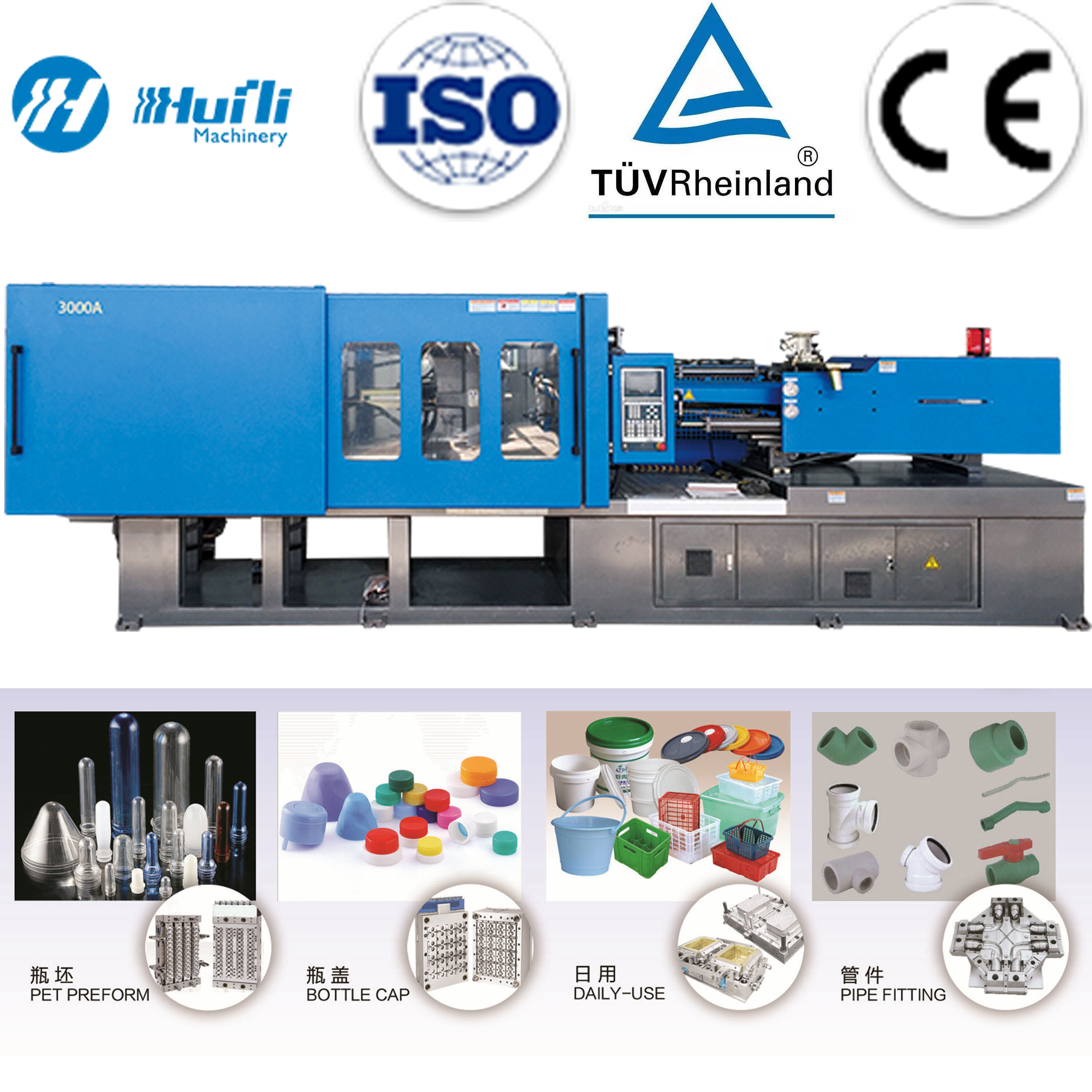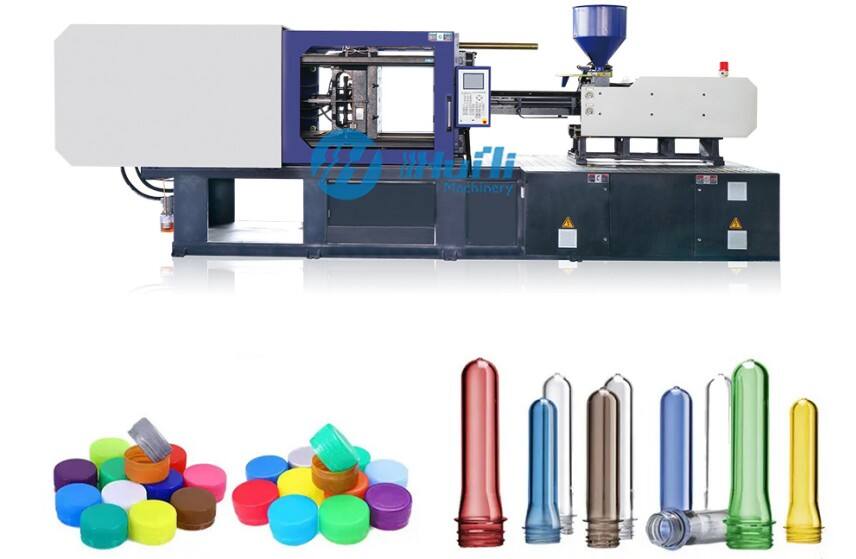Understanding the Efficiency of Blow Molding Machines in High-Volume Production
The Role of Blow Molding Machines in High-Volume Production
Blow molding machines are essential for producing hollow plastic parts efficiently, playing a crucial role in industries such as packaging, automotive, and consumer products. Their capability to turn raw plastic materials into intricate bottles, containers, and other hollow items positions them as indispensable tools in manufacturing. The machinery allows the creation of diverse thermoplastic products, such as soda bottles and milk containers, demonstrating its wide range of applications.
High-volume production capabilities of blow molding machines enable manufacturers to meet increasing market demands while reducing lead times. This not only enhances overall productivity but also significantly boosts profitability. By automating production processes, manufacturers can produce large quantities of identical products swiftly, thereby maintaining consistent quality and precision across all items. This efficiency is particularly beneficial in fast-paced markets where quick turnaround times are critical.
Implementing blow molding machines can lead to substantial cost savings in labor and material waste. By automating the production process, manufacturers can reduce the dependency on manual labor, thereby minimizing labor costs. Additionally, the precise control over material usage in blow molding reduces material waste, aligning the process with more sustainable manufacturing practices. These machines streamline operations, making them an optimal choice for companies seeking to enhance efficiency and productivity in high-volume production environments.
Comparing Blow Molding Techniques: Extrusion vs. Injection
Extrusion Blow Molding: Process and Applications
Extrusion blow molding is a technique that involves extruding a plastic tube, known as a parison, and then inflating it within a mold to form large containers like bottles and tanks. This method is particularly favored for its efficiency and cost-effectiveness in high-volume production settings, especially when using materials such as high-density polyethylene (HDPE) and polyvinyl chloride (PVC). The simplicity of the process reduces manufacturing complexity and lowers production costs, making it an attractive option for industries requiring large-scale container production.
Injection Blow Molding: Precision and Complexity
Injection blow molding combines the processes of injection and blow molding to create precise, intricate parts. This method stands out for its high precision, which is vital in applications requiring detailed designs, such as medical devices and complex consumer product shapes. Although the complexity of this process increases production time and costs, the resulting superior quality and reduced material waste make it a preferred choice for manufacturers prioritizing detail and accuracy in their products.
Energy Efficiency in Blow Molding Machines
Investing in advanced blow molding technology with energy-efficient features is critical for reducing energy consumption during production. The implementation of energy-efficient blow molding machines can lead to substantial savings, as it enables manufacturers to produce larger quantities while using less power. Approaches such as variable frequency drive motors can optimize energy usage, adjusting power needs according to production demands. Additionally, incorporating energy-efficient motors and drives helps reduce carbon footprints, aligning with global sustainability goals.
Several techniques, such as heat recovery systems and optimized cycle times, are instrumental in lowering operational costs and contributing to sustainable manufacturing practices. By recycling waste heat, manufacturers can significantly cut down on energy expenditure, enabling a circular economy model. Moreover, optimized cycle times reduce machine idle periods, further economizing energy usage. Implementing these innovations serves to not only decrease production costs but also enhances overall production efficiency.
Incorporating sustainable practices, like the usage of recycled materials and minimizing waste during the blow molding process, elevates the environmental performance of manufacturers. Utilizing post-consumer recycled (PCR) resin is gaining traction, not just for its environmental benefits but as a compliance measure in regions with stringent regulations. Minimizing scrap production and improving material efficiency also align businesses with contemporary ecological expectations, fostering a greener image. These sustainable initiatives are becoming essential, especially with increasing awareness and regulatory demands.
Product Highlights: Injection Molding Machines
300 Ton New Technology Injection Molding Machine
The 300 Ton New Technology Injection Molding Machine features groundbreaking advancements such as faster cycle times and reduced energy consumption. These enhancements significantly improve overall efficiency, making it a leading choice for manufacturers seeking productivity gains while managing energy costs. This state-of-the-art machine is tailored for high-volume production, adeptly handling complex manufacturing jobs with minimal downtime, a vital quality for businesses aiming to scale operations efficiently.
5 Gallon PET Preform Plastic Injection Molding Machine
The 5 Gallon PET Preform Plastic Injection Molding Machine is essential for the precise production of PET preforms used in bottles and other packaging solutions. This machinery excels in creating standardized products, sustaining high dimensional accuracy vital for industry standards. Automating the production cycle further refines its efficiency, minimizing manual intervention while boosting output quality significantly. This balance of automation and precision makes it indispensable for businesses invested in superior packaging solutions.
Future Trends in Blow Molding Technology
The future of blow molding technology is largely driven by the demand for lightweight and efficient materials. This trend is prompting significant innovations that enhance the performance of blow molding machines, making them more capable of producing superior quality products. For instance, advanced materials and technologies are enabling the production of thinner-walled containers without compromising strength, thereby meeting the market's demand for reduced material use and weight.
Furthermore, automation technologies, including robotics and artificial intelligence, are revolutionizing production lines in the blow molding industry. These advancements offer greater flexibility, allowing manufacturers to quickly adapt to varying production demands. Additionally, automation significantly cuts operational costs by reducing the need for manual intervention, thus streamlining the production process and boosting productivity. For example, smart robotics can handle complex tasks such as mold changes and quality inspections, enhancing efficiency and precision.
Sustainability trends are also set to influence blow molding innovations, encouraging practices that minimize waste and emphasize recycling. As environmental considerations become increasingly critical, blow molding technology is evolving to support eco-friendly manufacturing. This involves the development of machines that not only operate with low energy consumption but also facilitate recycling processes. By integrating these sustainable practices, manufacturers can reduce their environmental impact while maintaining economic viability, aligning with a growing consumer preference for environmentally responsible products.








